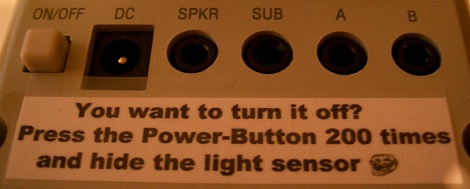
We’re big fans of [Bill Hammack], aka the Engineer Guy. His series of engineering videos dredge up pleasant memories of watching Mr. Wizard but spin to the adult science enthusiast. The most resent season (he calls it series #4) scratches the surface of the topics covered in his book Eight Amazing Engineering Stories, which was written with fellow authors [Patrick Ryan] and [Nick Ziech]. They provided us with a complimentary digital copy of the book to use for this review.
The conversational style found in the videos translates perfectly to the book, but as with comparing a novel to a movie, the written word allows for much more depth. For instance, we loved learning about how Apple uses anodization to dye the aluminum used for iPod cases. The same presentation style makes the topic easily understandable for anyone who took some chemistry and math in High School. But primers a sidebars offer an optional trip through the looking-glass, explaining the history behind the process, how it compares to natural materials, and what trade-offs are made in choosing this process.
Some of the other topics included are how CCD camera sensors, lead-acid batteries, mems accelerometers, and atomic clocks work. As the book progresses through all eight topics general concepts the complexity of the items being explained advances quickly. By the seventh story — which covers the magentron in a microwave oven — we’d bet the concepts challenge most readers’ cognition. But we still enjoyed every page. The book would make a great pool-side read. It would make a great graduation gift (too bad we missed that time of year) but keep it in mind for any science minded friends or relatives. You can see [Bill’s] own description of the book and all its formats in the clip after the break.
TLDR: Buy it or give it as a gift
Continue reading “Book Review: Eight Amazing Engineering Stories”
















